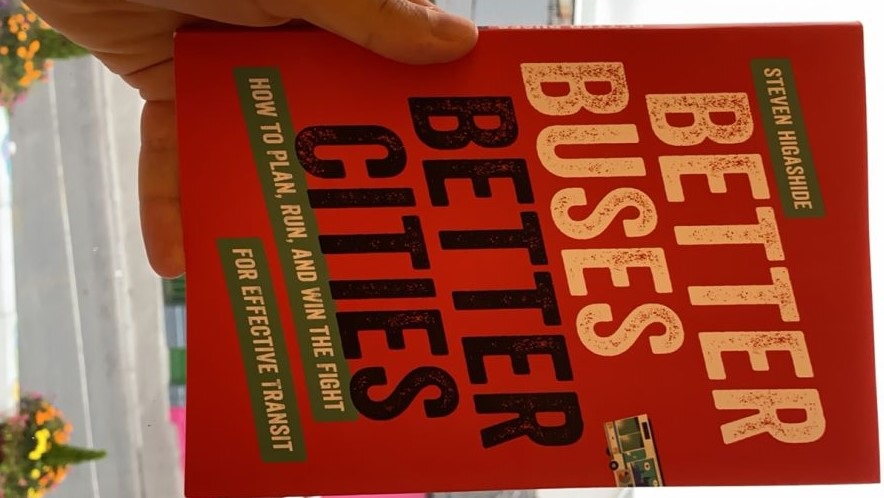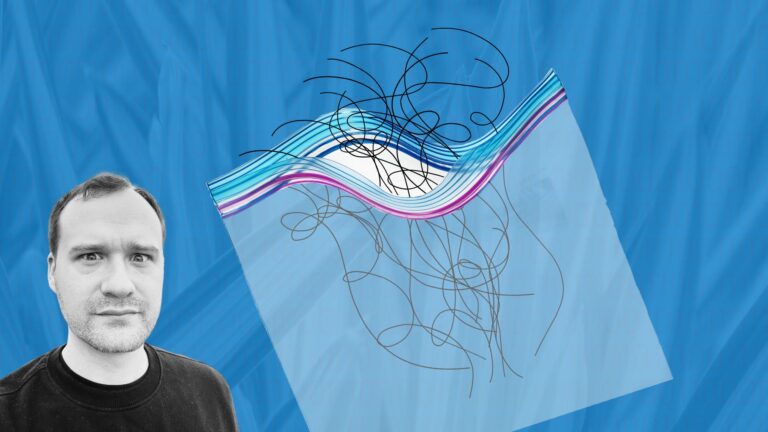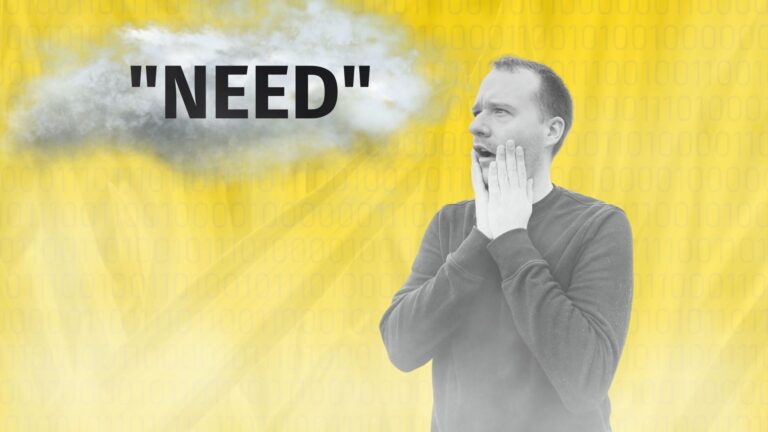My new role at CitySwift is all about solving challenges in city bus systems, and to do that I wanted to understand these challenges better. Did you know a street can carry as much as 600-1600 people an hour by car, whereas bus lanes can carry 4,000-8,000 people per hour?
Over the weekend, I read “Better Buses, Better Cities” and came away with a much greater appreciation for the role buses have in improving city transportation.
After reading this book, I’m a convert. I believe buses are a proven technology that holds greater potential to help solve transportation challenges in our cities than we often give them credit for. Buses aren’t all that flashy, but they are effective. When it comes to transportation in cities, that’s what matters most.
I’ll be sharing some highlights from the book this week and next that will hopefully shed some light on why I think buses deserve to be out on a pedestal as a major part of the future of transportation.
Speed vs. Access
One misconception I had about buses is that the goal of a city bus system is to get the most amount of people where they want to go the fastest. That’s intuitive, right? But as I read “Better Buses, Better Cities” one section in particular stood out to me.
Steven Higashide argues that given limited resources, a bus system is required to make a trade off between coverage (how big of an area the bus system can cover) and ridership (how many people are riding the bus).
It makes sense in retrospect. It benefits society to have, say, a nursing facility on the edge of town get a bus stop in front of it. To create a route there may be at the expense of total ridership, but for the seniors it can be an incredibly helpful service. Boosting ridership at the expense of all other considerations can be detrimental to those who may need to use the bus the most.
(A link to the book I’m referencing, “Better Buses, Better Cities” by Steven Higashide can be found in the comments.)
Quantum Wait Times

How long you have to wait for the bus depends on if you are standing or sitting. Is this some sort of quantum phenomena where your bodily position affects the speed of the bus?
In “Better Buses, Better Cities,” Steven Higashide references a study where participants who waited at a bus stop with no seat or shelter said a wait of 2-1/2 minutes felt like 8. The wait was more than three times longer in the rider’s mind than in reality!
For riders who had access to a shelter, a bench, and a countdown clock to the next bus, the difference between perceived and actual time all but disappeared.
This reminds me that making a better bus system involves more than just numbers, it’s important to understand how those numbers affect the experience.
Tomorrow I will be sharing about how the reliability of a bus can play a big part in how likely people are to ride it. Thankfully, that’s exactly (part of) what CitySwift is working to improve.
Magical Buses

In “Harry Potter and the Prisoner of Azkaban,” a magical bus appears just when Harry Potter needs it; the triple-decker deeply purple Knight Bus. The all-too-common reality for Muggles is watching the time slip by a buses’ scheduled arrival while we ask ourselves if it will ever come.
As Steven Higashide says in “Better Buses, Better Cities,” “A bus commute that takes 75 minutes is a drag, but one that takes 45 minutes one day and 75 minutes the next is far worse, because it wreaks havoc on our ability to plan.”
While understanding that reliable buses are useful is not a revelation, the concept of what it could be like is. Imagine a world where the bus always arrives exactly when you expect it to. Almost magical, isn’t it?
$126,000,000,000 In Automobile Debt

In 2018, Americans held $126,000,0000,000 in automobile debt, 75% more than just nine years prior.
Since 1980, the US added 41% more people and an astonishing 77% more road mileage.
Emissions in the transportation sector have continued to grow; the US is one of the only developed countries where energy use by the transportation sector is not improving.
What do we have to show for it? An increase in commute times of 10% from 2006 to 2014 in the US.
A few of those stats were shocking when I read about them in “Better Buses, Better Cities.” Based on the subject, you may already have an idea of what part of the solution may be. A compelling argument is made in the book that we can either invest in public transit and start to relieve the congestion, or continue to starve public transit and clog our cities with cars.
We’ve tried more roads and more cars for the past three decades, and we’ve been rewarded with more congestion, worse emissions, and more debt.
Maybe it’s time to try a different strategy.
Waiting For A Pandemic Is Like Waiting For A Bus

“‘We don’t know when the next pandemic will be,’ she says. ‘It is like waiting for a bus: there could be two coming at the same time.'”
I saw this quote in “The Irish Times” this morning, and I was floored. I know exactly what the author is talking about because I read about it in “Better Buses, Better Cities” but I didn’t know how commonly understood the phenomena was.
What the author is referring to is called “bunching.” It’s when two buses arrive close to one another. Ideally, buses would always be spaced out evenly allowing for buses to arrive in a regular cadence.
At CitySwift, part of what we do is create insights for operators to help reduce bunching. By using data and artificial intelligence to create better insights, maybe bunching will become a thing of the past.
Or at least reduce it to the point where health professionals stop using it as a metaphor for pandemics.
$2,300,000,000 In Public Transit

I remember in Orlando when I heard about the “Ultimate I-4 Project,” widening a major highway there. That was six years and $2,300,000,000 dollars ago. The project is on track to be completed this year. And if other projects like it are examples, this is going to do little to help congestion.
In “Better Buses, Better Cities,” the author notes that 75% of federal dollars goes to highways while only 25% goes to transit. According to the rules on the books, the federal government can put 90% of federal dollars into transit if there was enough political pressure to do so.
With a dedicated bus lane able to move four times as many people as private cars, I wonder what investing $2,300,000,000 in public transit would have done for Orlando?
A Line Of Escalades

As I took a walk in Galway this morning, I saw three double-decker buses lined up on a street (photographic proof below). Each double-decker bus can carry about 80 or so passengers. That’s (potentially) 240 passengers on this road, in this photo.
How many cars would it take to move that many passengers, even if completely filled? A Cadillac Escalade can hold 7 people. This is 34 Cadillac Escalades’ worth of capacity in one photo. Bumper-to-bumper, that’s 572 feet of Escalade.
And yes, you may play devil’s advocate and say “But those buses aren’t full, Jared.” Typically, neither are Escalades.
In “Better Buses, Better Cities,” the book from which I’ll stop sharing insights at the end of this week (I promise) talks about how autonomous cars are often pointed to by politicians as a reason to divest from public transit. The argument goes that once we have autonomous cars, we won’t needs buses.
The physical reality is that cars can only fit so many people in the space they take up relative to buses, bikes, pedestrians, and trains. In cities especially, there’s only so much street real estate.
And autonomous or not, 572 feet of Escalade still takes up a lot of road. Autonomous cars will be awesome, but they won’t be a replacement for the bus, and we need to continue investing in public transit no matter what may come from the likes of Waymo and Tesla.
The Stakes
What are the stakes of the future of transit? What “Better Buses, Better Cities” outlines is the difference between a virtuous cycle and a vicious cycle, and I’ve seen it first-hand.
A virtuous cycle starts with a city that holistically looks at transportation and measures success by how many people can get where they need quickly, safely, and reliably. This includes pedestrians, bikes, scooters, trams, trains, private cars, and yes, buses. When it comes to buses specifically, more buses means less traffic. Less traffic means faster and more reliable service, which means more people know they can rely on the bus, and the virtuous cycle continues. The outcome is a bustling metropolitan utopia, or at least something approaching it.
I’ve lived in Orlando (the least walkable city in the United States) where urban sprawl is the name of the game and public transit is lacking (but improving). I’ve also recently visited Copenhagen, which has a frankly astounding public transit system and honest-to-goodness bike highways. It’s incredible to see the difference, and to see what is possible with a virtuous cycle.
Conclusion
Today concludes my two-week saga sharing insights from “Better Buses, Better Cities.” Before joining CitySwift, I didn’t have much of an understanding why London buses are a revered cultural icon and why in Orlando they are a last resort.
The bus itself is neutral. How buses are leveraged in a city can make or break their reputation. Buses that arrive frequently and reliably, buses that go where you need to be from where you are quickly, buses that are clean and safe, these are the basic differences between buses that are adored and buses that are reviled.
Approximately 3,000,000 people move to cities every week. About 2.5 billion more people will be living in cities by 2050. The difference between cities choked with congestion and urban transport utopias is up to the choices we make now. Are we up to the challenge?




